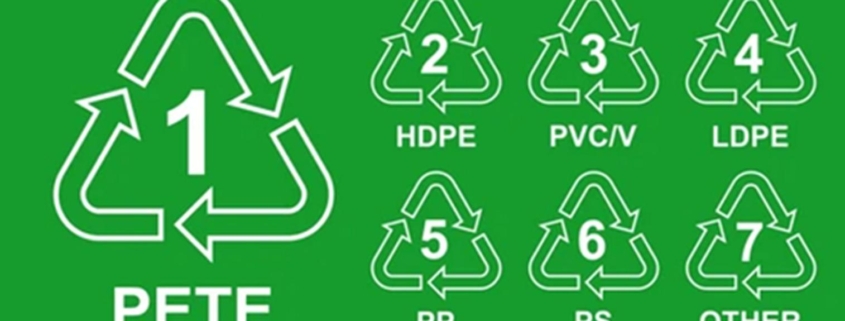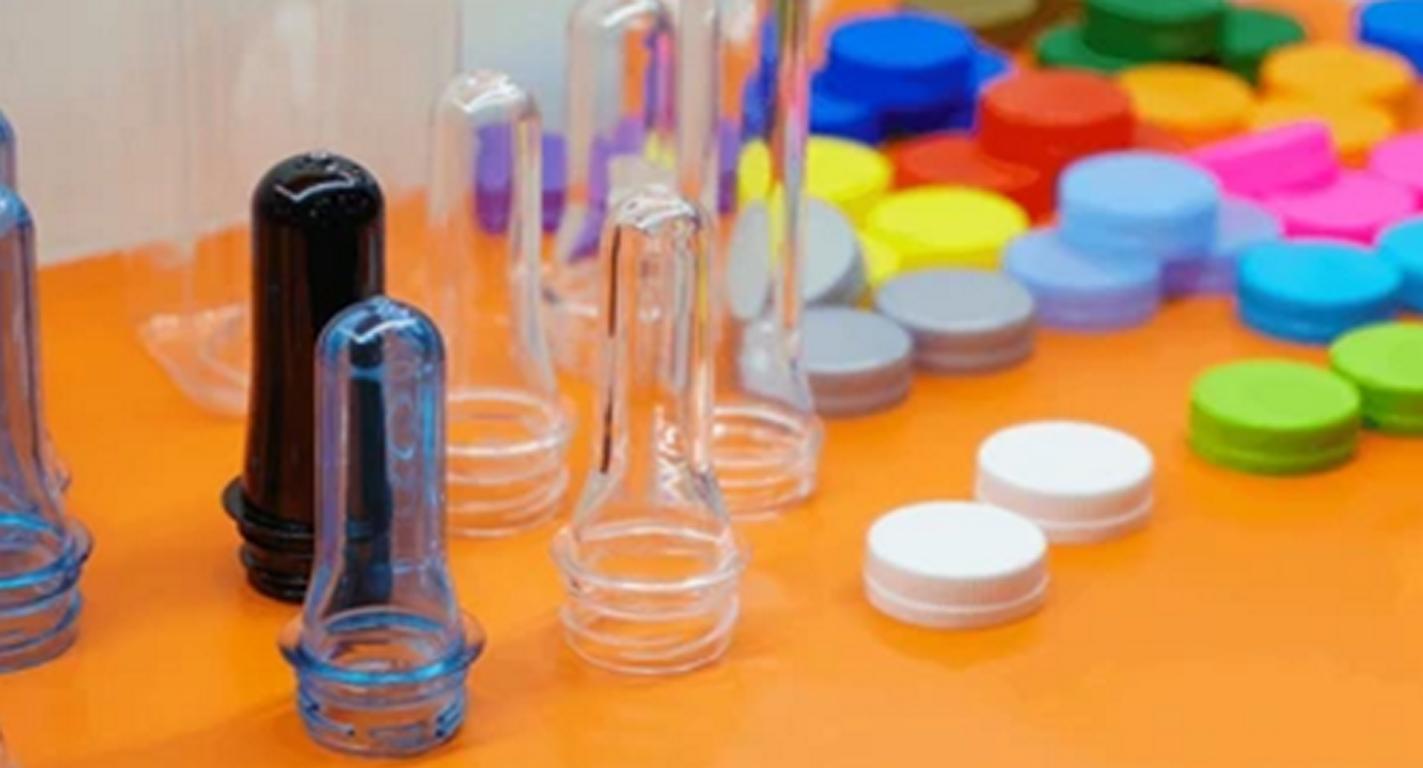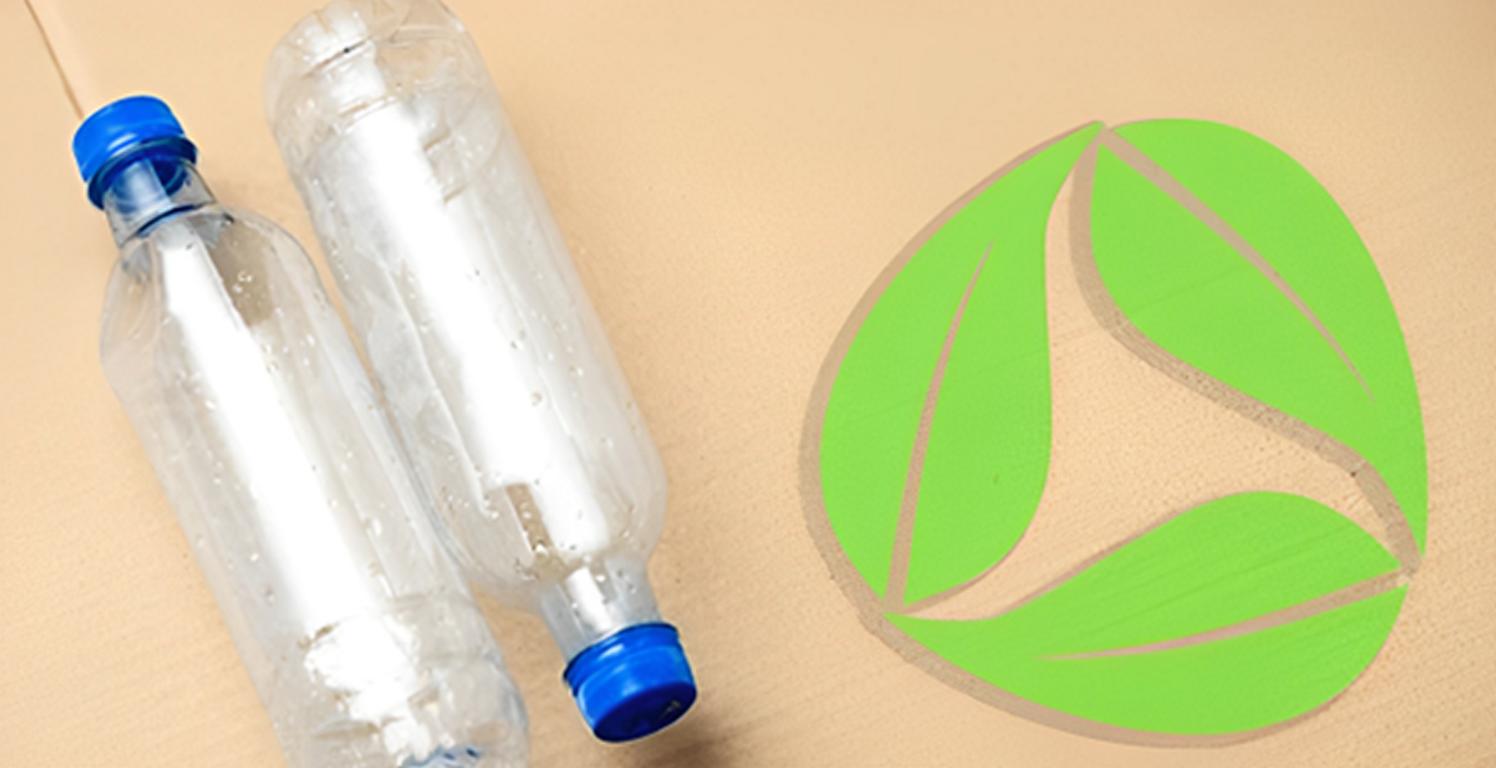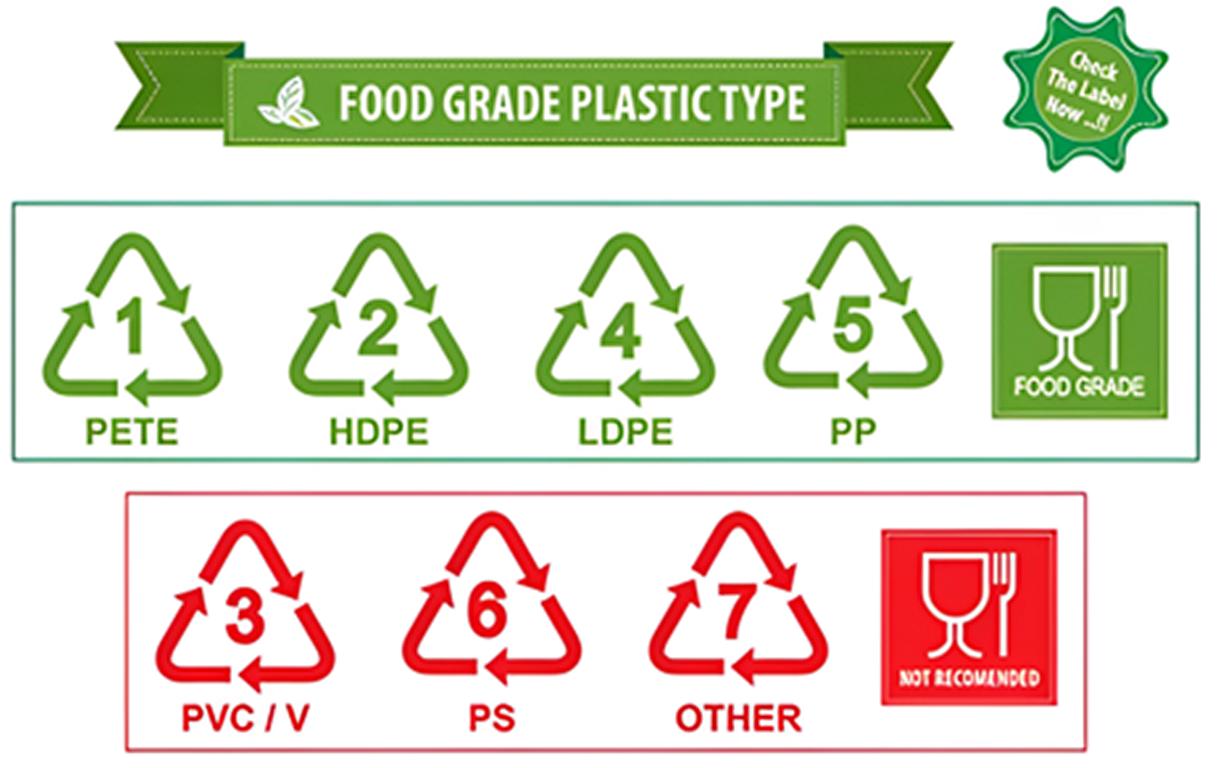When it comes to the safety of food, it is essential to have precise information regarding the materials used for packing and storage. Plastics that come into touch with food are not all safe. Therefore, it is essential to get knowledge regarding plastics that are suitable for use with food. For the purpose of enhancing both health and the quality of food, gaining some ideas on how to make the best option can go a long way. In this article, you will learn what the terms “food-grade” and “food-safe” refer to, as well as the primary properties of these polymers, the legislation that governs them, and the primary applications for these plastics.
What does “Food Grade” mean?
It is safe to utilize food contact material when it comes into direct touch with food materials. In addition to being used in packaging, cutlery, and other items, these materials do not have a bitter flavor that could potentially impact the food. One way to look at food-grade materials from an economic perspective is to consider the fact that certain materials cannot be used in the manufacture of food if they do not satisfy certain conditions imposed by authorities, such as FDA approved plastics.
How can we define “Food-Grade Plastics”?
There are specific types of plastic that have been approved by food-contact administrative organizations to be used in contact with food. These plastics are known as food-grade plastics. In order to determine whether or not they are capable of contaminating food with chemicals or toxins, they are put through rigorous testing.
How can we define “Food-Safe Plastics“?
Plastics that are suitable for use with food can be characterized as those that possess properties and characteristics that enable the food to be handled, stored, or transported. The fact that these polymers do not easily disintegrate or release harmful substances when they are exposed to food, heat, or moisture is something that should be taken into consideration.
Comparing Food-Safe to Food-Grade
The term “food-grade” refers to a substance that satisfies the requirements set out by the Food and Drug Administration (FDA) or other regulatory authorities. The term “food-safe” refers to a material that is safe for contact with food in conditions that are considered to be standard. Although all polymers that come into touch with food are suitable for consumption, not all materials that are acceptable for consumption may be considered food-grade.
Everything You Need to Know About Bisphenol A (BPA)
Bisphenol A, sometimes known as BPA, is a chemical that is used in plastics and has the potential to migrate into foods and beverages. According to research, BPA may be harmful if it is consumed; consequently, some authorities have attempted to restrict the use of this chemical in applications that include contact with food (food contact applications). It is important that we pay attention to plastic food wraps that are marketed as “food-grade” and contain BPA which ought to be removed from the market.
approaches to the production of plastics that are suitable for use in food
The precise type of raw material, preventative measures against contamination, and the appropriate processing procedure are all necessary for the production of plastic items that are suitable for use in food. Here is a rundown of the steps involved in the production of plastic items that are suitable for use in food:
1. The Selection of the Primary Components
To begin, the procedure begins with the procurement of the highest quality raw materials that have been selected to meet the actual and required criteria for food safety. For example, Bisphenol A (BPA) and phthalates are examples of chemicals that are harmful and have the potential to migrate into food. It is imperative that it does not include any of these compounds. Plastics that are permitted include those that meet this status at the international, federal, or state level; in other words, plastics that have been approved by the United States Food and Drug Administration (US-FDA) or other similar organizations. Plastics such as PET, HDPE, PP, and LDPE are examples of well-known types of food-grade plastics.
2. Compliance with regulatory norms.
According to the Food and Drug Administration (FDA) in the United States and the European Food Safety Authority (EFSA) in Europe, manufacturers are obligated to make certain that the plastic and additives they use are safe for use with food. They conduct tests to ensure that the materials that are going to be transferred into food do not include any potentially harmful compounds that migrate. In other words, food-contact plastics standards require that the material be of a certain purity and composition before the Food and Drug Administration (FDA) will allow it to be used for the purpose of storing or packaging food.
Good Manufacturing Practises (GMP) will be discussed.
A strict adherence to good manufacturing procedures (GMP) is required for the production of plastics that are suitable for use in food. Cleanliness, ensuring that all components and procedures are free of contamination, and cleaning the machinery and equipment are all factors that are included in GMP. From the point of origin of the raw materials to the point of packaging the finished product, this indicates that the company has complete control over the entire process.
Other important GMP concepts include:
In order to ensure proper facility maintenance, it is imperative that production facilities are thoroughly cleaned and they should not contain any impurities whatsoever.
There is a process known as machine sterilization, which involves cleaning the equipment that is utilized for industrial reasons in order to avoid any potential cross-linking with diseases.
Hygiene and Training of Employees: Employees who are involved in the production of food-grade plastics receive training to ensure that they handle the product in an appropriate manner while also maintaining a clean environment.
4. Molding by blowing Using either injection molding or extrusion
When it comes to outputs, the selection and quality control of raw materials is the first step. Processes like as injection molding and extrusion are utilized in this stage of the plastic manufacturing process.
These plastic pellets are melted by the process of injection molding, which involves heating them and then forcing them into molds that are used to produce containers, bottles, or other shapes.
When plastic is used, the process of extrusion involves melting the material and then forcing it through a die in order to create continuous structures, such as sheets and films.
Each of these production methods guarantees precision in terms of dimensionality, plastic thickness, and strength, which is essential for ensuring compliance with food regulations.
5. Conducting tests to ensure compliance and safety
Plastic products are subjected to a variety of tests in order to ensure that they meet the required safety standards. According to the results of these tests, the effectiveness of chemical leaching, thermal stability, and the service life of the conditioned vegetable oil are all determined. Plastics that come into touch with food do not undergo any chemical reactions with the surfaces that come into contact with food, and they should not be destroyed by heat. Aside from this, they should not deteriorate and discharge any hazardous substances into the environment.
The following are some of the tests:
When conducting migration testing, it is imperative to ensure that the particular chemical in question migrates into the food to a degree that is not higher than the permissible level, even when subjected to the specified conditions such as heating or freezing.
The strength and durability testing process involves evaluating the toughness of plastic to ascertain whether it is able to withstand breaking or dematerialization.
6. Certification and Labeling of Products
When the food-grade plastic satisfies all of the requirements for safety and compliance, it is approved for use with official labels. Products that are able to function according to predetermined safety requirements are eligible for accreditation from customers and regulatory authorities such as the FDA. It is common practice for manufacturers to include statements such as “BPA free,” “FDA approved,” or the recycling symbol that indicates the type of plastic of the product, such as “1” for PET and “2” for HDPE. The client is able to differentiate between the product’s safety and whether or not it is suitable for use that involves food with the assistance of these labels.
7. Recyclability and environmental responsibility
Over the past several years, there has been an increase in efforts to maintain sustainability in the development of food-grade plastic alternatives. The majority of producers are faced with increased customer awareness, which is putting pressure on them to either embrace post-use recycled plastic material, sometimes known as food grade plastic, or search for biodegradable polymers. Because of this, it is of the utmost importance to make certain that plastics that are suitable for use in food are both recyclable and kind to the environment in the present day.
All Seven Categories of Food-Grade Plastics
What follows is a list of popular types of plastics that can be used as food-grade and food-safe materials:
First, polyethylene terephthalate, also known as PET or PETE.
Generally speaking, PET is utilized in the production of water and drink bottles, as well as food containers, such as peanut butter jars. It is lightweight, durable, and particularly good in preventing moisture from entering, which is why it is used in packing. PET is also extremely recyclable, although this material should only be used once because it has the potential to deteriorate if it is used again.
2. High-Density Polyethylene (HDPE) Milk bottles, juice containers, and shopping carry bags are all examples of products that are filled with HDPE. It is not breakable, it is hard-wearing, it is resistant to chemicals and shocks, and it is safe for consumers to consume because it does not contaminate food products. Additionally, high-density polyethylene (HDPE) is a material that can be recycled and is designated with the recycling code “2.”
3. Polyvinyl Chloride (PVC) Although we are able to use PVC in containers, we should avoid using it in applications that involve high heat since it produces harmful substances. Despite its greater durability, it is utilized in food preservation only to a lesser extent, particularly in situations where heating is required, and thus bears the designation “3.”
4. LDPE, which stands for low-density polyethylene
Products such as bread and frozen food bags, as well as certain types of flexible packaging, are examples of products that employ LDPE. In addition to being lightweight and adaptable, this material does not take in any moisture. As a result, it can be utilized for the storage of food. When compared to other materials, LDPE is recyclable with the code “4,” however it is recycled far less frequently than other materials.
(PP) stands for polypropylene.
The most frequent applications for polypropylene (PP) include soda and beer bottle tops, straws that can be used more than once, and yogurt cups. Because of this, it is resistant to heat and can be used for the packaging of food or other things that can be heated in a microwave. PP is a code ‘5’ material that is safe, long-lasting, and recyclable.
Forks, spoons, knives, cups, and plates made of polystyrene (PS) are some examples of the disposable items that are made of PS. Despite the fact that it is reasonably priced and lightweight, it is not the greatest material for storing food for an extended period of time due to concerns of chemical leaching, particularly when it is subjected to heat. It is distinguished by the code “6.”
[PC] stands for polycarbonate.
Bottles of water that may be reused and containers for storing food both make use of it. It may contain BPA, a chemical that has the potential to have adverse effects on one’s health. Despite the fact that these materials are sturdy and clear, we should make it a point to avoid utilizing any products that contain BPA. In addition, the personal computer is marked with a recycling code.
7 Key Characteristics of Seven Different Types of Plastics Used in Food
In the following, we will discuss some of the most important varieties of plastic, along with their characteristics and applications in many industries:
Listed below are five of the most notable characteristics of food-safe plastics. Food-grade plastics and food-safe plastics have the following characteristics:
1. devoid of BPA and other toxic substances 2. resistant to heat and long-lasting
3. Inert to chemicals found in food
4. affluent in both smell and taste
5. Approved by regulatory agencies (U.S. Food and Drug Administration, European Union, etc.)
Is there any food that can be stored in plastic bottles?
Yes, it is okay to use food-grade plastic bottles and containers for human use as long as they have been thoroughly cleaned and are of the non-BPA variety. Such a product must be approved by the FDA, and it must not be harmed throughout the course of time.
Numbers made of plastic that are safe for food storage
For the purpose of preserving food, it is safe to use recyclable plastic types one, two, four, and five, which are PET, HDPE, LDPE, and PP respectively. Plastics with the codes 3 (PVC), 6 (PS), and 7 (Other) should be avoided since plastics with these codes contain BPA and other chemicals that are harmful to the environment.
The Number Chart for Safe Plastics, Including Food-Grade Containers
The table that follows will assist us in gaining an understanding of which Fodd-Grade plastics are also safe for consumption; which types of plastic are safe for contact with food?Instances of Common Use
The first option is PET or PETE.Indeed, water bottles and other containers
Yes, milk jugs and juice bottles are made of high-density polyethylene (HDPE).Cling wraps and containers 4 (LDPE) are not allowed.Yes, bags for bread and bags for frozen food
Yes, yogurt containers and bottle caps, number five (PP)
Six (PS)No cups or plates that are disposable
Seven (Other) Depends (stay away from BPA)Extraneous things and items
Examples of Applications for Plastics That Are Food-Safe and Food-Grade
The following are some examples of ways that food-safe and foam-grade polymers are commonly used:
Laboratory consumables, including meal trays and food packaging materials, beverage bottles, utensils and cutlery, paper bags and foils, and industrial applications are all examples of products that fall under this category. Equipment for the Processing of Food
Food-grade and food-safe plastics offer a number of advantages.
All right, let’s talk about some of the benefits of food-grade and food-safe plastics:
1. Low-cost and simple to administer by users
It is long-lasting and resistant to shattering. It is also resistant to contamination.
4. Capable of being molded and versatile
If the sort of disposable product is taken into consideration, the fifth feature is that it is reusable.
Plastics that are food-grade and food-safe have a number of benefits.
There are a few drawbacks and restrictions associated with food-grade and food-safe plastics.
1. The possibility of causing damage to the environment (plastic garbage)
It is difficult to dispose of certain plastics when they are heated because they release compounds that are hazardous.
3. Although the majority of them are meant to be acceptable for use in stores, not all of them are safe for use in microwaves or dishwashers.
4. There are relatively few options available for recycling for some.
5. The durability over the long term may vary.
Final Thoughts
In conclusion, food-grade and food-safe plastics are essential components in the packaging and preservation solutions utilized by the food sector. When it comes to health and safety, having a general understanding of the sort of plastic that is used and being able to identify products that are favorable to the environment are both essential. You may ensure that the food and beverages that are stored are safe from contamination by selecting food plastics that are FDA-approved and free of BPA whenever you make your selections.
Questions That Are Frequently Asked:
Can you explain what “food grade” means?
The term “food-grade” refers to a plastic substance that is suitable for direct contact with food and satisfies the conditions set forth by the law.
When it comes to food storage, are BPA-free plastics always safe to use?
It is true that plastics that do not contain BPA are somewhat safer, but you should still make sure that the plastics you use are of a food-grade quality.
When it comes to storing food, can I use any form of plastic container?
On their surfaces, you should only use containers that are appropriately labeled as food-grade plastic or food-safe.
Is it possible to reuse the plastic containers at a later time?
Yes, provided that they are freshly packaged, stored in a hygienic manner, and packed in a material that is safe for contact with food. If the item is damaged or worn, it is strongly advised that you do not use it.
When it comes to keeping food for a longer amount of time, which type of plastic is superior?
As a result of the material’s stiffness and the absence of any potential chemical reactions, HDPE and PP plastics are suitable for usage over an extended period of time.
If I avoid plastics that have the numbers 3, 6, and 7, why should I do so?
It is known that certain polymers can release pathogens such as BPA when they are subjected to heat and moisture from impacts.




